Hello everybody!
For months already, there is no end of reports about deliveries of the Russian-made Sukhoi Su-35 interceptors to Iran. Indeed, even as of yesterday, several Ukrainian social media accounts released the photo below, claiming these two be ‘two Su-35 interceptors in colours of the Iranian Air Force’. Many in Ukraine promptly reacted with a relief: ‘better the jets in question end up in Iran than fighting Ukraine’, and similar…
Cold fact is: these two jets are anything else than ‘Iranian’. Actually, and as obvious both from their camouflage pattern and their serial numbers, they were originally manufactured for Egypt.
How comes?
Cairo placed an order for 30 Su-35s back in 2019, with the plan for these to be delivered by 2023. The KnAAZ Works in Russia launched production of jets in May 2020: however, when Egyptians tested the Su-35’s radar against electronic warfare systems of their Rafales at home, and under severe US pressure, in 2022, Cairo has cancelled that contract. One way or the other, by then about 17 aircraft were completed and rolled out. Ever since, they are ‘stored’: occasionally, some are flown by Russian pilots, and Moscow tried to re-sell them- to Algeria or Indonesia, for example. But, nobody wanted to buy them.

Then, in 2022, rumours began making circles about Iran deciding to buy these Su-35s (the same jets manufactured for Egypt). Indeed, some (including several Ukrainians) claimed that Iranian pilots would already be undergoing conversion courses on these jets. Of course, many are jumping to the conclusion that this is logical because Moscow ‘must pay’ to Iran for deliveries of UAVs, Shahed attack-UAVs, ballistic missiles, artillery ammunition and few other ‘goodies’.
However, that affair is anything else than that simple…
***
Gangs of Tehran…. Esfahan, Shiraz, Qom… and few other Places
To fully understand why, one has to know about few things. The first of these is the way the system of governance in the Islamic Republic of Iran functions.
Nominally, Iran is ruled by a popularly-elected government and parliament. However, Iran’s constitution assigns exclusive sovereignty and right to legislate literally to ‘God’, and therefore dictates that all the democratic procedures and rights are subordinated to the Guardian Council and the Supreme Leader (since 1989, this is the quasi-Grand Ayatollah Sayyid Ali Khamenei).
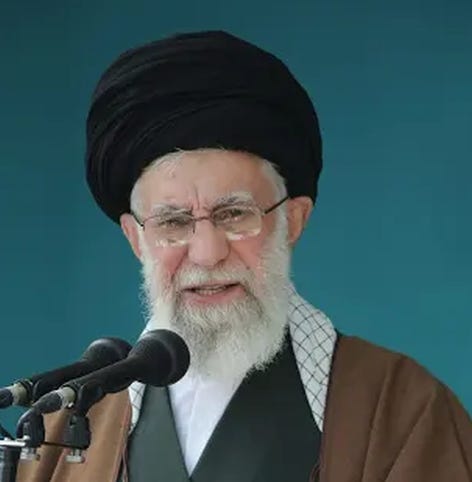
As the Supreme Leader, Khamenei is the provisional head of the three branches of government (see: ‘head of state’), the commander-in-chief of the armed forces, and the director of the country’s media.
However, this does not mean that Khamenei is ruling the country as an all-mighty autocrat. His power depends on support from dozens of rival ‘interest groups’, most of which are a part of or at least associated with the Islamic Revolutionary Guards Corps (IRGC, also ‘Pasdaran’). Confronted with the rising power of the cliques (‘cliques’ or even ‘gangs’ would be a better descriptions, because most of these are endemically corrupt, too), Khamenei sought a solution in letting the various of them take over different segments of the Iranian economy. And so, one of cliques established itself in control over the banks and insurances, another over the judiciary, yet another over the construction industry, then several over the real estate sector — and another one in control of the defence sector. For example, the gang to which the former President of Iran, Ahmadinejad, belonged, used to control banks and insurances… until its members fell in disgrace and were then (conveniently) prosecuted for corruption…
Point is: whenever there is some major decision to make in Tehran, each of these cliques is doing its utmost to have its fingers in the game, and each is pulling in own direction. If nothing else works, it sends ‘own’ units of the IRGC to ‘sort out the problem’: and, because it’s ‘acting in the name of the God’, the IRGC is above all the laws. It’s meanwhile powerful enough to remove Khamenei ‘in a matter of minutes’, if necessary.
Unsurprising result is a completely dysfunctional chain of command and totally unworkable decision-making processes. Officially, Iran is ruled by an official government and parliament, but the final say depends on agreements between different of cliques. Even the ‘Supreme Leader’ has to bow to their wishes.
(Should that sound all too familiar to anybody… well, hand on heart: our glorious klepto….erm… democracies are not that different in this regards…)
***
History of Blackmails and Failed Orders
The history of arms deals between Moscow and Tehran stretches back to the late 1960s, when Shah Mohammed Reza Pahlavi was a close ally of the United States. Whenever Washington showed any reluctance to supply weapons the Iranians requested, the Shah would place an order for similar Russian equipment. That’s how it happened that, in 1969, when Washington proved reluctant to sell McDonnell-Douglas F-4 Phantoms, Iran acquired not only 300 ZSU-23-4 self-propelled anti-aircraft guns but also 9M38 Igla (or ‘SA-7 Grail’) MANPADs from the USSR.
Following Iraq’s invasion of Iran in late September 1980, Moscow approached Tehran with an offer of weapons and cooperation. The Iranians rejected the Soviet overture and, for most of the following eight years, the Soviets sold ever-increasing amounts of armament to Iraq, instead, Iran was buying Soviet arms from Libya and Syria, or Chinese arms based on Soviet designs.
That state of affairs changed only months after Tehran accepted a U.N.-sponsored ceasefire that ended the eight-year-long Iran-Iraq War, in 1988. At the time, the Soviet Union was in a deep economic crisis and its government attempted to improve its financial situation through arms exports. Soviet representatives approached Tehran with an offer of 72 MiG-29s, 24 MiG-31s and 36 Su-24s. Still recovering from the long war, Iran barely managed to get together enough money for 18 MiG-29s and 12 Su-24MKs, deliveries of which began in mid-1990. With the USA and its allies preoccupied with Iraq’s invasion of Kuwait, this deal went nearly unnoticed, and all the aircraft arrived in Iran between 1990 and 1992.
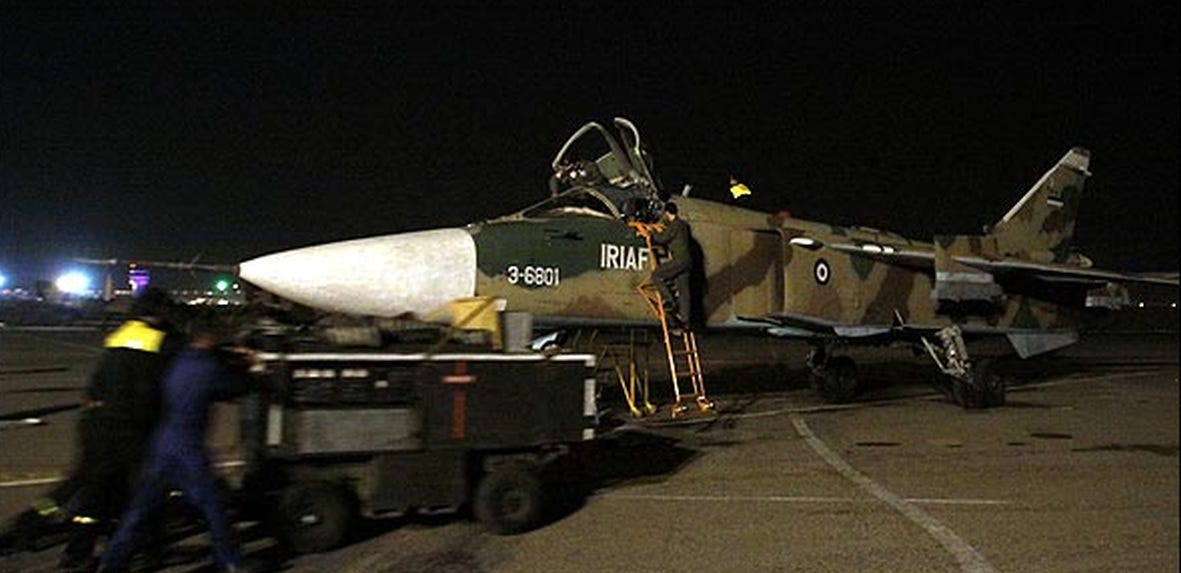
In 1990, Iran’s economic conditions had improved sufficiently for Tehran to place an order for 48 additional MiG-29s and 24 MiG-31s. However, the break-up of the Soviet Union and pressure from the USA prevented the conclusion of any of the related contracts.
In 1992, Tehran ordered 48 MiG-29s, 24 MiG-27s, 24 MiG-31s, 12 Tu-22 bombers and two A-50 AEW aircraft. The Russians were eager to sell, but immense pressure from Washington — including an outright offer to buy the 24 MiG-31s in question at a higher price than Tehran could offer — prompted Moscow to cancel this deal. Thus, despite countless news reports indicating otherwise, Iran never obtained MiG-31s or Tu-22s.
In 2001, when Tehran went as far as to provide up-front payment for 24 MiG-31s in attempt to prevent any kind of U.S. meddling. This time, pressure from Washington was sufficient only to force Russians into re-negotiating the order and delivering various air-defense equipment, instead — including 30 Pantsyr-S1 surface-to-air missile systems.
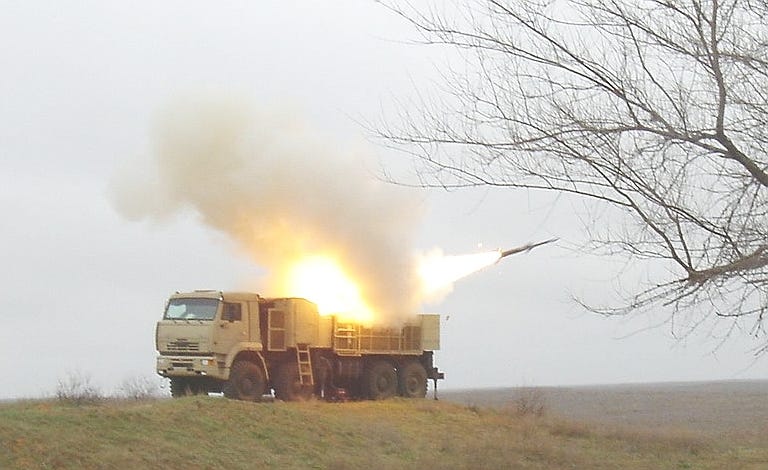
Ever since, hardly a year passes without another announcement about supposed massive Iranian buys of Russian aircraft. In 2007, rumours were circulated about Iran buying 250 Su-30MKs or 270 Su-27s: these were stopped only once the contemporary CEO of Rosoboronexport, Sergei Chemezov, outright denied them. Notably: this report surfaced just around the same time Washington was negotiating a sale of F-35 stealth fighters to Israel and additional F-15s to Saudi Arabia.
Actually, it that year that Tehran placed an order for S-300 surface-to-air missiles and paid for them up-front — only to have this deal blocked by Russian president Dmitry Medvedev, in turn prompting Tehran to file a lawsuit against Moscow worth nearly $4 billion. Eventually, Moscow paid some of that money back, and delivered some additional air defence equipment for the rest (for example: the same Tor M1E surface-to-air missiles, with which a disoriented IRGC crew shot down an Ukrainian Boeing 737, near Tehran, killing all 176 on board, on 8 January 2020).
In 2015, the Israeli social media reported an Iranian order for 100 Il-78MKI tanker aircraft, and only a month later claimed that China had agreed to sell Iran 150 Shenyang J-10 multirole fighter jets. As usual, these stories amounted to little more than unsubstantiated rumours. Nevertheless, they just continued surfacing and making circles. In 2016, for example, another report surfaced about Tehran buying hundreds of Mil Mi-17 helicopters from Russia….
Sufficient to say: nothing of this kind ever materialised.
***
Failed Strategic Alliance
Actually, all that has happened in these two years was that Khamenei issued a standing order Iran not to buy any kind of arms from Russia until Moscow would deliver the S-300s. Unimpressed, the IRGC went on to place an order for 24 T-90 main battle tanks - which it ‘needed’ for its adventures of ‘Saving Private Bashar’ in Syria: instead of introducing these to service at home, the Pasdaran had them distributed to two private military companies loyal to the regime of Syrian president Bashar al-Assad and two groups of the IRGC’s Iraqi ‘proxies’ in Syria. Indeed, when the regular Islamic Republic of Iran Army then attempted to follow in fashion and place an order for 300 T-90s in Moscow, IRGC pulled strings to have Khamenei cancel this order….

Ironically, one of reasons for the IRGC buying arms from Russia despite Khamenei’s ‘Verbot’, was the wish of another of influential cliques in Tehran: the Iranians wanted to transfer several of their own ships for oil/gas exploration to the Caspian Sea. Such vessels are much too big for transfer by land. And Iran has no suitable shipyards on its coast of the Caspian Sea. Thus, Tehran requested permission from Moscow to use its system of rivers and channels (constructed during Stalinist times). Moscow flatly refused. Indeed, the situation escalated so much that, sometimes back in 2014-2015, a team of Iranian negotiators underway to Russia was simply arrested and jailed in Azerbaijan, and then held as hostages for over a year…
And so it went on. Curiously, despite all the Russian blackmails and screw ups, the IRGC remained keen to establish a strategic alliance with Russia. That is how its leaders came to the idea to invite Putin for a military intervention in Syria, in 2015 (for a complete story, see here and here). This is also why, in August 2016, the IRGC violated the Constitution of the Islamic Republic of Iran (see somewhere around paragraphs 160+… where there is a strict prohibition of foreign troop presence on Iranian soil) and invited the Russians to deploy their Su-34 and Tu-22 bombers to Iran. The story only became known when the Keystone Cops in Moscow began bragging in public with photos of their Tu-22-bombers at the Tactical Fighter Base 3 (TFB.3), outside Hamedan, in Iran – in turn prompting members of the Majlis (Iranian parliament) to start asking unpleasant questions… then the Russians were forced to pack and fly back home.

Eventually, even the IRGC got fed up. Indeed, the situation reached a point where as of 2016, the Russian, IRGC and allied troops, and Assadists were each fighting their own war in Syria; Iran has got its S-300s only years later; and, in the meantime, the IRGC turned to the People’s Republic of China for its strategic partnership: this is what eventually resulted not only in emergence of a host of entirely new, quasi-indigenous Iranian air defence systems, but also in a number of advanced designs for ballistic missiles, and then in Shahed attack-UAVs, too.
(To be continued…)

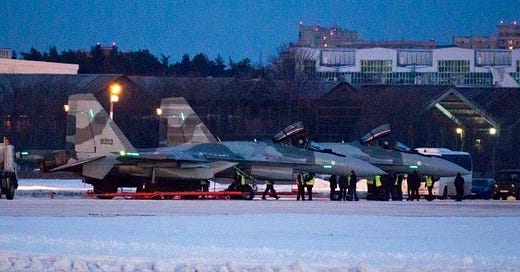



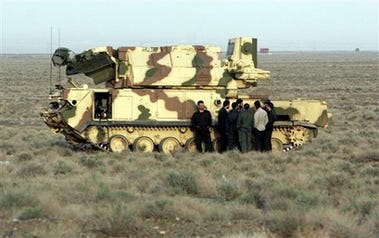
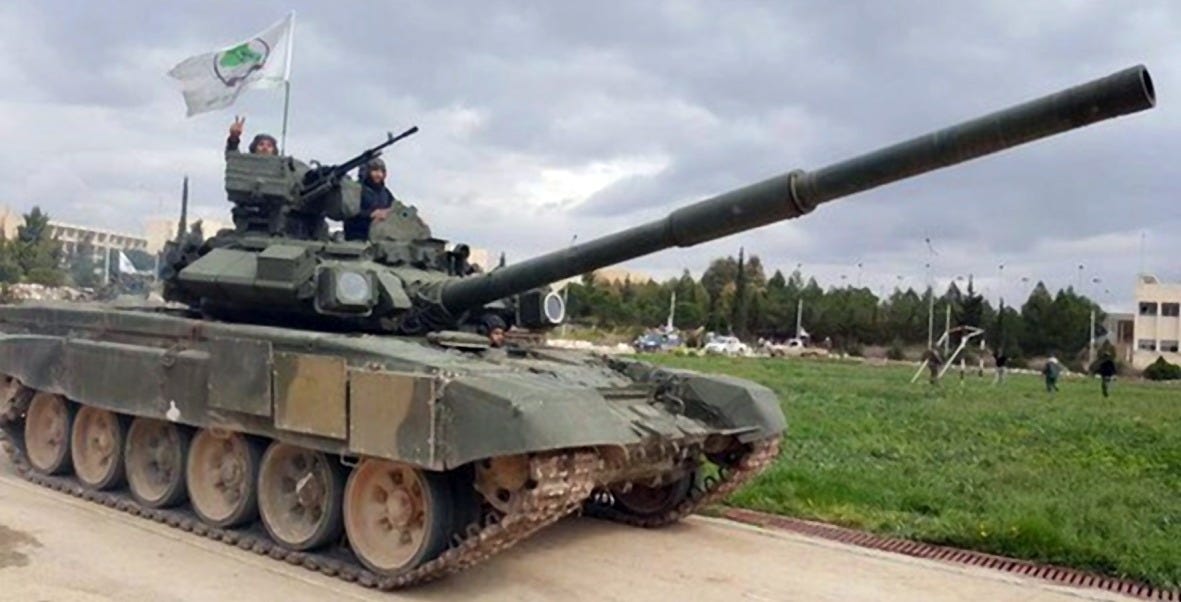
A great insight into this complex situation: thank you. Looking forward to the next part.
Amazing number of facts and amazing example of why democracies are so hard. I would love to read examples of success (allies, deals) for democracies.